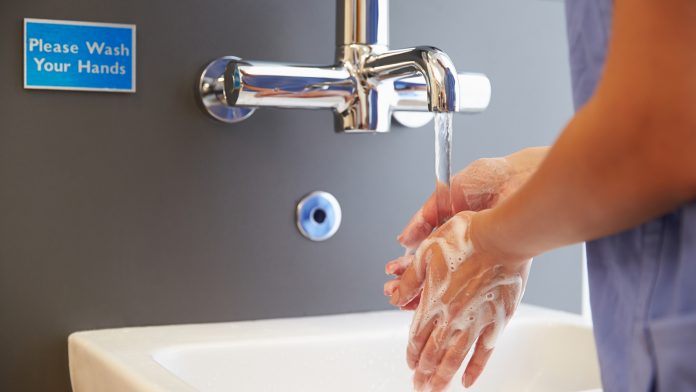
Global estimates indicate that many healthcare facilities do not have adequate hygiene services, highlighting the risk to patients and providers.
A joint report by the World Health Organization (WHO) and UNICEF revealed that half of healthcare facilities worldwide lacked basic hygiene services, such as water and soap or alcohol-based hand rub where patients receive care and in toilets in these facilities.
Around 3.85 billion people use healthcare facilities, and the lack of basic hygiene solutions puts them at risk of infection. The report illuminated that approximately 688 million people receive care at facilities with no hygiene services.
“Hygiene facilities and practices in health care settings are non-negotiable. Their improvement is essential to pandemic recovery, prevention and preparedness. Hygiene in health care facilities cannot be secured without increasing investments in basic measures, which include safe water, clean toilets, and safely managed health care waste,” said Dr Maria Neira, WHO Director, Department of Environment, Climate Change and Health. “I encourage Member States to step up their efforts to implement their 2019 World Health Assembly commitment to strengthen water, sanitation and hygiene (WASH) services in health care facilities, and to monitor these efforts.”
Global baseline for hygiene services
The latest report, named Progress on WASH in health care facilities 2000–2021: special focus on WASH and infection prevention and control, has recorded this global baseline on hygiene services. The report assessed access at points of care and toilets as more countries than ever report on critical elements of WASH services in their hospitals and other health centres. Now, hygiene data is available for 40 countries, representing 35% of the world’s population, up from 21 countries in 2020 and 14 in 2019.
The new global estimate illuminates an alarming picture of the current state of hygiene services in healthcare. Despite 68% of facilities offering hygiene services at point of care and 65% having handwashing facilities with water and soap in toilets, only 51% had both, achieving the criteria for basic hygiene services. Furthermore, one in 11 (9%) healthcare facilities globally have neither.
“If health care providers don’t have access to a hygiene service, patients don’t have a health care facility,” said Kelly Ann Naylor, UNICEF Director of WASH and Climate, Environment, Energy, and Disaster Risk Reduction (CEED). “Hospitals and clinics without safe water and basic hygiene and sanitation services are a potential death trap for pregnant mothers, newborns, and children. Every year, around 670 000 newborns lose their lives to sepsis. This is a travesty – even more so as their deaths are preventable.”
Pathogen transmission in healthcare facilities
The report noted that contaminated hands and environments play a significant role in pathogen transmission in healthcare facilities and the spread of antimicrobial resistance. Interventions are crucial to improve access to handwashing with water and soap along with environmental cleaning to prevent infection and control programmes to provide quality care.
The report found that facilities in sub-Saharan Africa are lacking in hygiene services, with only one-third having handwashing facilities with water and soap in the toilets. The vast majority (87%) of hospitals have hand hygiene facilities at point of care, compared to 68% of other healthcare facilities.
Furthermore, in the least developed countries, only 53% of healthcare facilities had access to an on-site protected water source. In comparison, the global figure is 78%, with hospitals performing better than smaller healthcare facilities, and the figure for eastern and south-eastern Asia is 90%. Additionally, only 3% of healthcare facilities in urban areas and 11% in rural areas had no water services.
Moreover, within the countries with available data, one in ten healthcare facilities had no hygiene service. The report found that healthcare facilities with no hygiene services ranged from 3% in Latin America, the Caribbean, and eastern and south-eastern Asia to 22% in sub-Saharan Africa. In the least developed countries, one in five (21%) had basic hygiene services in healthcare facilities.
























